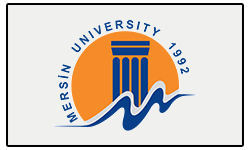Bile Leak Following Laparoscopic Cholecystectomy
Abstract
Abdul Kareem Jabbar
Bile leakage is a very dangerous condition after laparoscopic cholecystectomy and may lead to fatal complications and serious care should be taken to diagnose the cause as early as possible because it may be sign of bile duct injury which is a major concern to the surgeons as if it is not diagnosed early, it will lead to dangerous complications such as biliary peritonitis, hepatic failure and even death. Early diagnosis is important to decrease morbidity and mortality. This study aimed to determine the incidence of bile leakage, its types of management and the outcome in patients with gallstone who are submitted to laparoscopic cholecystectomy. This prospective study was done in Basrah Al-Sadr Teaching Hospital in a two-year period from October 2013 to October 2015 on 560 patients; they were 378 females and 182 males. All of them have symptomatic gallstones and underwent laparoscopic cholecystectomy. All converted cases to open cholecystectomy were excluded. From the total number of 560 patients, nine patients developed bile leak in early post-operative period, 6 of them have drains, the other three have no drain, and they were presented with signs and symptoms of intra-abdominal collection. The causes of leak were common bile duct (CBD) injury in 2 cases, accessory duct in 3 patients, leak from the gall bladder bed in 3 cases and one case iatrogenic from intra-hepatic drain. All the patients were treated conservatively except the two patients with CBD injury who were treated; one with the aid endoscopic retrograde cholangio-pancreatography (ERCP) and the other by re-exploration. In conclusion, bile leak is a serious complication after laparoscopic cholecystectomy, although it is not common but it is important to identify the site of leak and should be treated urgently especially by drainage to avoid more severe results which may lead to increased morbidity and mortality



